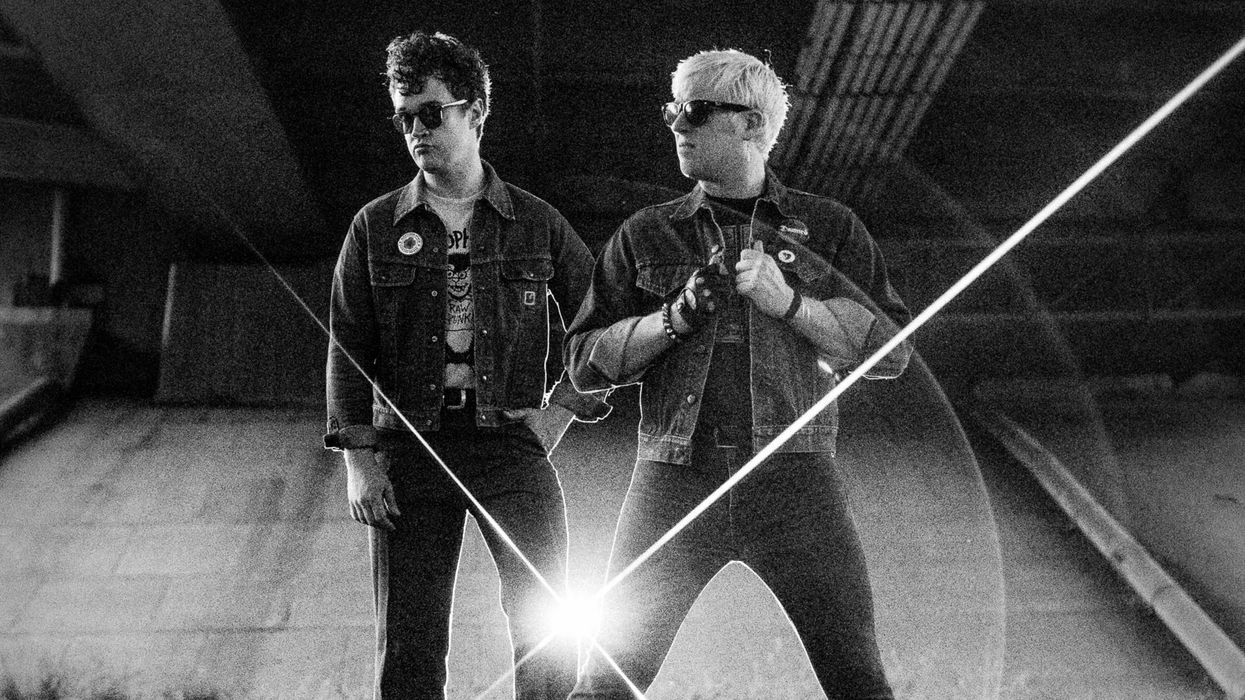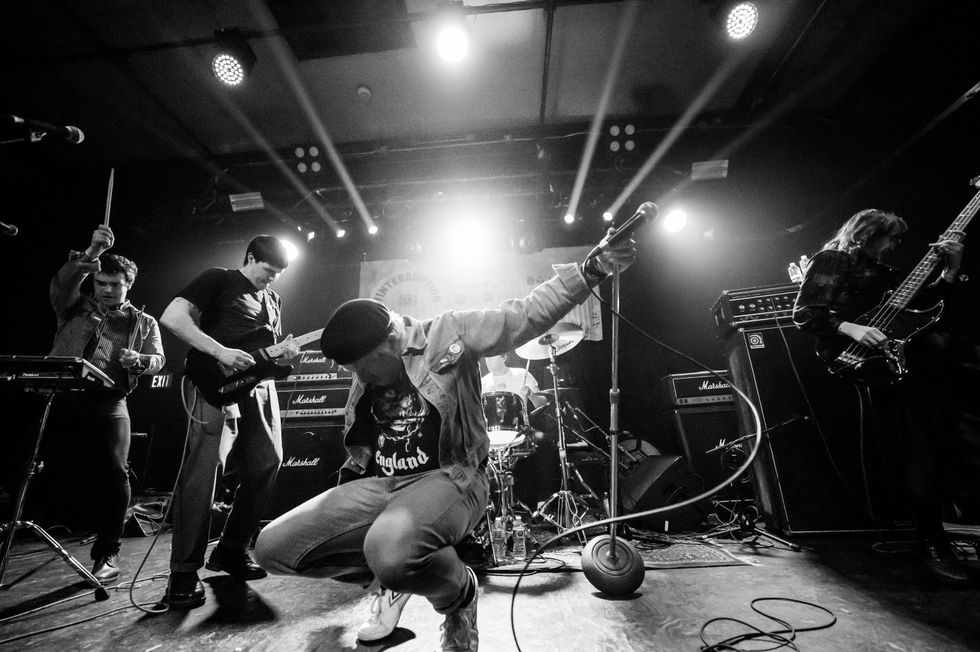Now that you have your three-octave arpeggios down, it is time to put them together in a progression. In this lesson I will be showing you an etude written using the arpeggios that we have been playing across the neck.
You can take any chord progression and arpeggiate the changes, but what makes things interesting is how you choose to play the arpeggios. Instead of flying up and down each one, why not apply a sequence to the arpeggio? In this etude we will follow a two-note sequence throughout the piece. This is referred to as a two-note sequence because it goes back and forth between two notes throughout the arpeggio; up one note, back one note, up one note and so on.
The following piece is from a progression based on the A Phrygian scale – A, Bb, C, D, E, F, G. The first arpeggio in the progression is an A minor – A, C, E. Then, before we resolve to the A on the high E string, we switch to a G major arpeggio – G, B, D. The string skipping between the D and the B strings make it a little tricky to play, but the skips help the arpeggios flow nicely across the fretboard.
Also, you will want to try the fingerings that are suggested, but feel free to use what works for you. In bar three, we move to a Bb Maj 7th arpeggio – Bb, D, F, A, which is a two-octave arpeggio. Finally, we have a F Maj 7th arpeggio – F, A, C, E. It gets tricky in the last bar with a big stretch on the B string then skipping to the D string.
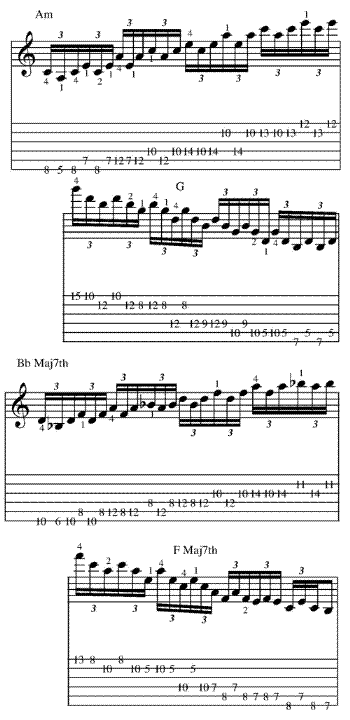
When you practice this, be sure to start slowly, then gradually build up speed. Also, you will want to try applying these concepts to other progressions you know to fully understand what is going on here.
That does it for this month. Be sure to visit mikecampese.com for the latest CDs and info.


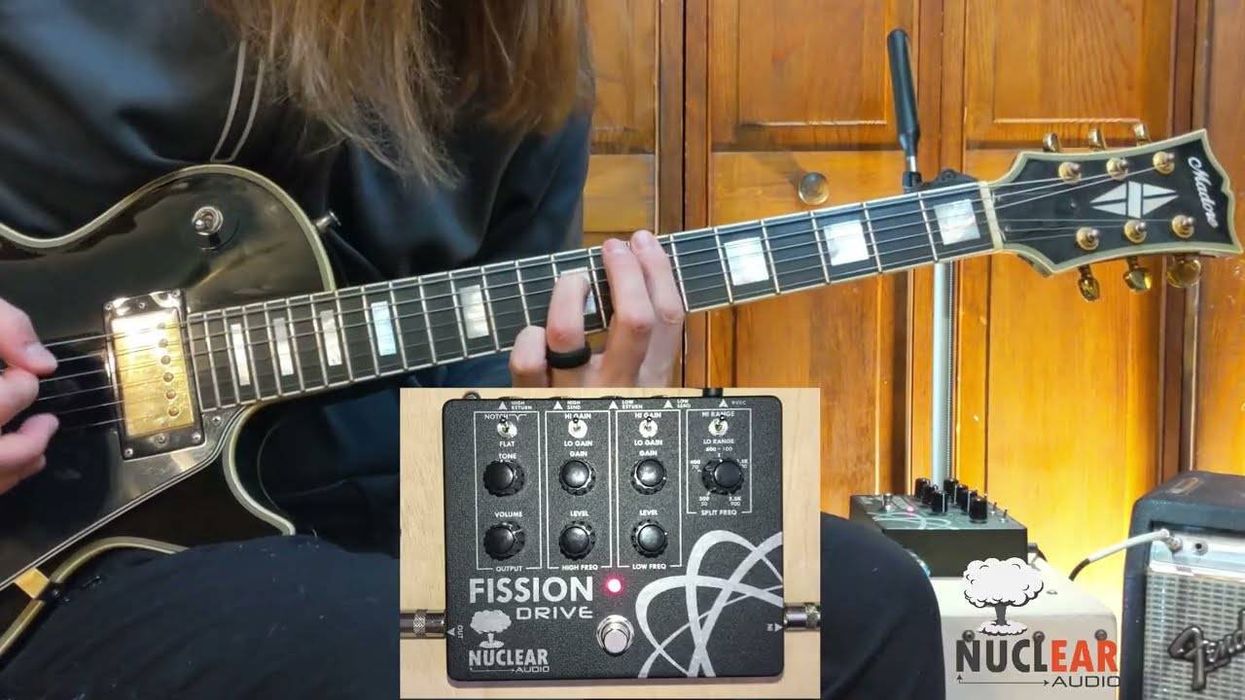




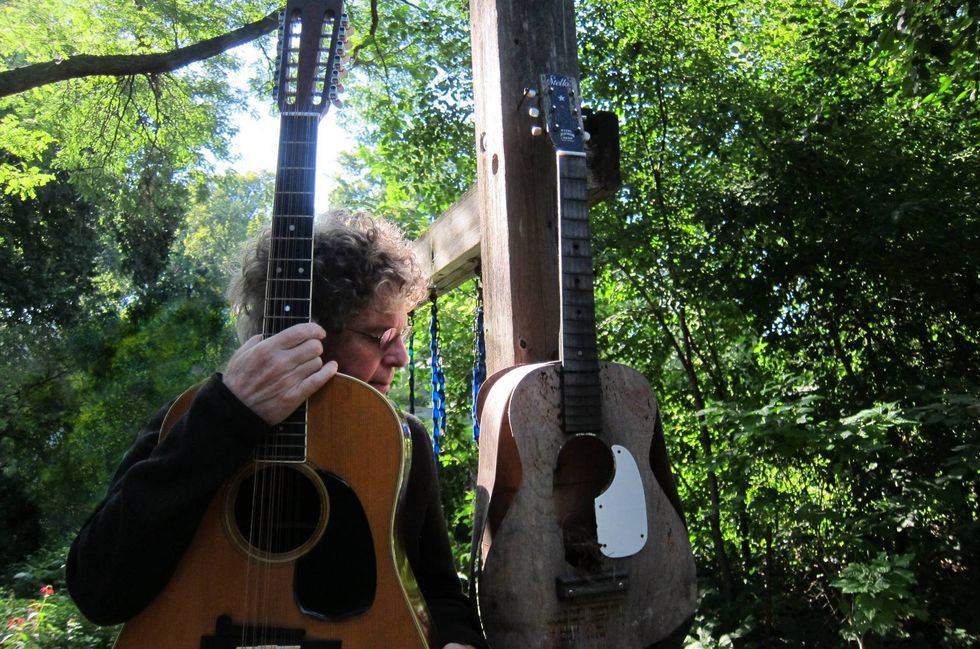
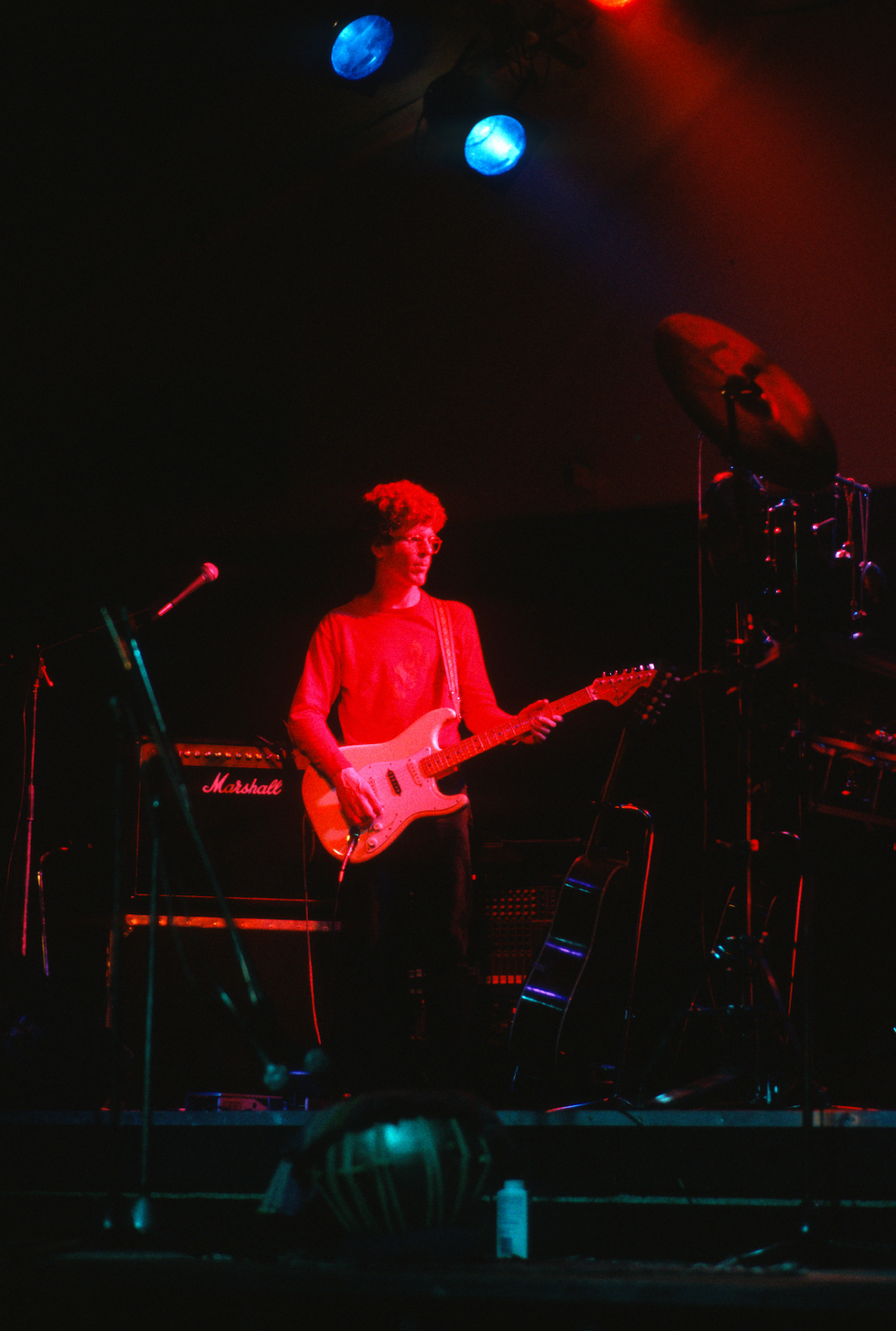




![Rig Rundown: Russian Circles’ Mike Sullivan [2025]](https://www.premierguitar.com/media-library/youtube.jpg?id=62303631&width=1245&height=700&quality=70&coordinates=0%2C0%2C0%2C0)





